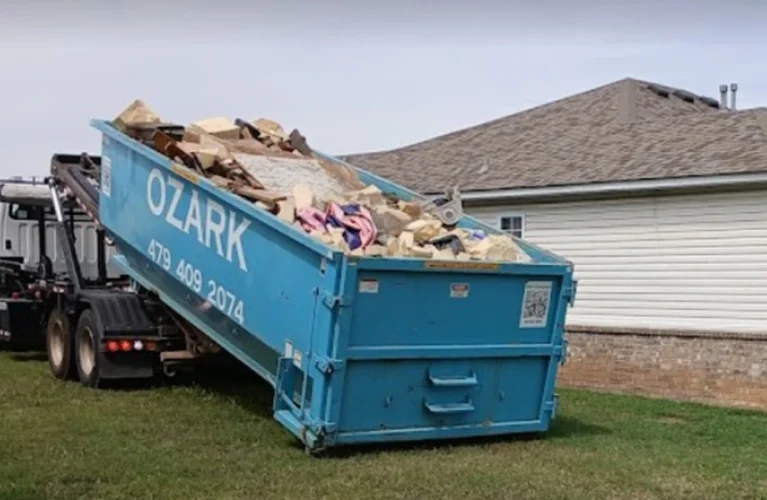
Introduction
Hoses are vital components in various industries, serving a wide range of purposes. In this blog, we will explore two specific types of hoses – PVC Layflat Hose and Petroleum Tank Drop Hose. These hoses are designed for different applications and understanding their differences is crucial to making an informed choice for your specific needs.
PVC Layflat Hose
PVC Layflat Hose, also known as flat hose, discharge hose, or backwash hose, is a versatile and lightweight hose commonly used in industries that require the controlled and efficient flow of liquids. It is constructed from a flexible PVC material and reinforced with polyester yarn for added strength. Here are some key features and applications of PVC Layflat Hose:
- Lightweight and Flexible: PVC Layflat Hose is exceptionally flexible and lightweight, making it easy to handle and transport. Its flat design allows for compact storage.
- Excellent Flow Control: This hose is designed to facilitate the smooth and consistent flow of liquids. It is often used for water transfer, irrigation, and dewatering applications.
- Temperature Tolerance: PVC Layflat Hose is suitable for a wide temperature range, making it versatile for various environments and seasons.
- Cost-Effective: It is an affordable option for industries that require a cost-effective solution for liquid transport.
- Versatility: This hose can handle a variety of liquids, including water, chemicals, and mild acids, but it may not be suitable for aggressive chemicals or petroleum products.
Petroleum Tank Drop Hose
Petroleum Tank Drop Hose, on the other hand, is specifically designed for the safe and efficient transfer of petroleum-based products such as gasoline, diesel, and oil. These hoses are crucial for industries like petrochemicals, fuel delivery, and oil processing. Here are some of the key features and applications of Petroleum Tank Drop Hose:
- Oil-Resistant: These hoses are constructed to be highly resistant to oil and petroleum products, ensuring the safe and secure transfer of such fluids.
- Static Dissipative: Many Petroleum Tank Drop Hoses are designed to dissipate static electricity, reducing the risk of sparks that could cause fires in volatile environments.
- Rugged and Durable: These hoses are built to withstand harsh environmental conditions and heavy usage, making them ideal for demanding applications in the petroleum industry.
- Compliance and Certification: Many Petroleum Tank Drop Hoses meet industry standards and regulations for safety, ensuring that they can be used without compromising safety.
- Various Sizes and Fittings: These hoses come in a range of sizes and can be fitted with various connectors to suit specific application needs.
Choosing the Right Hose
When selecting between PVC Layflat Hose and Petroleum Tank Drop Hose, the choice primarily depends on your specific needs and the type of liquids you are handling. It’s crucial to consider factors like the nature of the liquid, the environment, temperature range, and safety requirements.
For applications involving the transfer of water or non-aggressive fluids, PVC Layflat Hose is a cost-effective and versatile choice. On the other hand, when handling petroleum-based products or chemicals, Petroleum Tank Drop Hose is the safe and suitable option.
Conclusion
In summary, PVC Layflat Hose and Petroleum Tank Drop Hose serve distinct purposes in various industries. Understanding their features and applications is essential for making the right choice. PVC Layflat Hose is best suited for water and non-aggressive fluid transfer, while Petroleum Tank Drop Hose is designed to handle petroleum-based products with a focus on safety and durability. Selecting the appropriate hose will help ensure efficient and secure liquid transfer in your specific industry.












